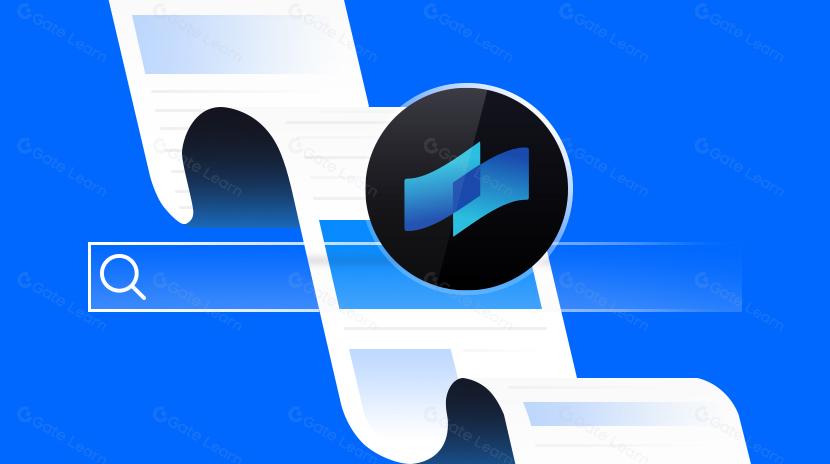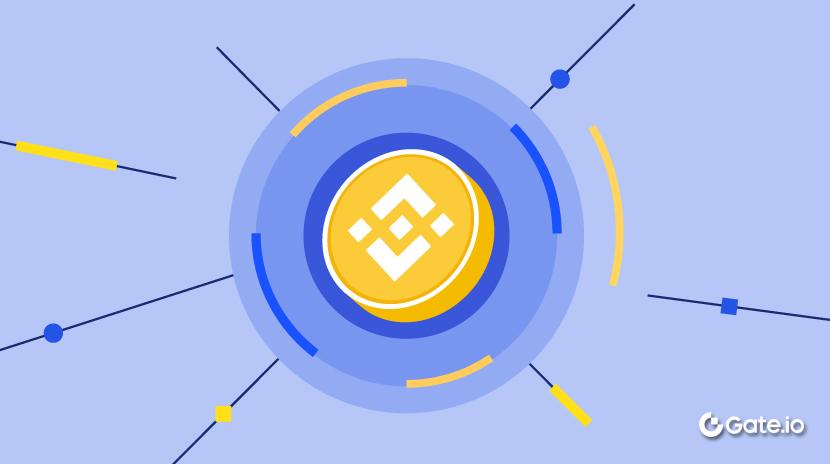Торговий ринок між AI-агентами на Story
Story - інноваційний проект, спрямований на впровадження інтелектуальної власності (ІВ) в простір блокчейну. У цій статті розглядається унікальна цінність ІВ активів у блокчейні та те, як Story, інтегруючи штучний інтелект, створює зовсім нову ринкову економіку. TCP/IP-фреймворк Story спрямований на полегшення транзакцій та взаємодій між штучними інтелектами, створюючи нову економіку на ланцюжку. Дізнайтеся, як Story за допомогою своїх технологічних нововведень допомагає власникам ІВ генерувати більше доходу та сприяє розвитку ринкової економіки серед штучних інтелектів.Для розуміння історії спочатку розумійте IP
- IP Сам по собі є цінним активом
Story - це ланцюг L1, спеціально розроблений для IP. Щоб зрозуміти Story, спочатку ми повинні зрозуміти IP. IP - це великий ринок, який охоплює бренди, творчі роботи, технологічні досягнення та багато іншого. Зокрема, це може бути пісня, гра, бренд, патент на технологію або навіть щось загальновідоме в криптосвіті, наприклад, мем або навчальні дані для штучного інтелекту.
Іншими словами, IP є типом активу. Як і будь-який актив, існують потреби в емісії активу, торгівлі активами та інших пов'язаних діяльностях. Це відкриває широкий спектр сценаріїв застосування для IP. Наприклад, його можна інтегрувати з DeFi, а також поєднувати з AI-агентами, про що буде розповідатись пізніше.
- Основна різниця між IP-активами поза ланцюжком та IP-активами в ланцюжку
On-chain IP є програмованим, що дозволяє власнику IP контролювати, володіти та отримувати дохід від IP. Це відрізняється від IP, яке знаходиться за межами ланцюжка та, як правило, не має таких програмованих можливостей.
Значення історії для активів ІР
Оскільки IP є активом, кількість варіантів використання поза ланцюжком є меншою порівняно з тими, що на ланцюжку, особливо в частині ліквідності активів. На ланцюжку власники IP можуть не лише зберігати контроль, а й генерувати додатковий дохід через ринок. Це є основною значущістю Story для активів IP. Для Story існують два типи ринків IP: один - це ринок токенізації активів IP поза ланцюжком, схожий на ринок активів реального світу (RWA); інший - це ринок IP на ланцюжку, який включає емісію, торгівлю та управління активами IP.
Ринкова економіка між історією та AI агентами
Інтеграція Story зі штучним інтелектом широка. Це включає: стати важливим джерелом навчальних даних зі спільним доходом між кількома сторонами; Агенти штучного інтелекту, що генерують ончейн IP-активи; агенти штучного інтелекту, які використовують ончейн-активи IP-активів Story; та комерційні транзакції між агентами штучного інтелекту (наприклад, торгівля навчальними даними, творчими роботами тощо). Іншими словами, він формує ончейн-ринок, який об'єднує агентів інтелектуальної власності та штучного інтелекту.
Головною причиною того, чому можуть бути інтегровані Сюжет та AI-агенти, є унікальність IP. Унікальність подібна до ДНК. Це створює чудову синергію для AI-агентів та тренування моделей.
Раніше згадувалося, що співпраця Story та Stability є безпрограшною для обох сторін. З точки зору Story, він може використовувати моделі штучного інтелекту Stability, щоб забезпечити вимірювану модель внеску для творців (включаючи художників, розробників тощо). Наприклад, одним із варіантів використання є реєстрація унікального стилю художника (письменника, художника, музиканта тощо) у вигляді IP-даних, які можна прозоро використовувати. Потім ці дані можуть служити навчальними даними. Для стабільності він може використовувати IP-дані Story для тонкого налаштування та навчання своїх моделей. Після того, як ця співпраця принесе дохід (наприклад, коли творці використовують дані про інтелектуальну власність для навчання та налаштування своїх моделей), усі учасники цієї екосистеми зможуть розділити дохід.
Мета Story з впровадженням свого TCP/IP-фреймворку штучного інтелекту полягає в побудові ринку для угод між агентами штучного інтелекту. Це ключово для максимізації характеристик IP Story та є важливим кроком у визначенні масштабів майбутнього ринку.
З поточних відкриттів, TCP/IP Story - це фреймворк, який підтримує обмін IP між агентами. Агенти можуть торгувати навчальними даними, творчими стилями, інвестиційними стратегіями та іншими між собою. Story планує інтегрувати фреймворки, такі як Eliza ai16z та GAME Virtual, а також може інтегрувати інші, такі як swarms та arc. Основна мета - забезпечити всім агентам можливість торгувати IP-активами між собою.
Наприклад, людина або інституція можуть замовити творче замовлення у AI-агента, відомого своїм унікальним музичним стилем (IP). За вимогами клієнта AI-агент може вирішити придбати IP від іншого агента з іншим музичним стилем (інший унікальний IP), щоб об'єднати і створити новий музичний стиль (новий IP), який він потім подасть клієнту. У цьому випадку буде взаємодія не тільки між людьми та AI-агентами, але й між самими AI-агентами.
Це створить різні типи взаємодій та транзакцій, що в кінцевому підсумку сформують ринок, заповнений інноваційними активами на основі IP. Крім того, Story найняла AI агента LUNA як свого промоційного стажера з зарплатою до $300,000. Це також слугує демонстрацією того, як можуть відбуватися транзакції між AI агентами на платформі Story.
Оскільки незабаром буде безліч AI-агентів на ланцюжку, цим агентам знадобиться взаємодія та транзакції один з одним. Зміст цих транзакцій часто включає IP. Story має на меті захопити цей ринок, де, завдяки своєму TCP / IP-фреймворку, вона може керувати великою кількістю IP, дозволяючи AI-агентам взаємодіяти та торгувати без потреби у довірі або посередниках. Це сприятиме розвитку ринку транзакцій AI-агентів.
Таким чином, у майбутньому відбудеться вибух кількості агентів штучного інтелекту, і попит на транзакції між ними зростатиме. Фреймворк Story розроблений, щоб допомогти цим агентам штучного інтелекту взаємодіяти та торгувати інтелектуальною власністю, створюючи таким чином новий тип ончейн-економіки. Зрештою, успіх Story залежатиме від масштабу IP-транзакцій між агентами штучного інтелекту на основі його платформи.
Disclaimer:
- Ця стаття відтворена з [ X]. Авторське право належить оригінальному авторові [@lanhubiji]. Якщо у вас є будь-які зауваження щодо репродукції, будь ласка, зв'яжіться зGate Learn Команда, і команда обробить його якнайшвидше згідно відповідних процедур.
- Відмова від відповідальності: Погляди та думки, висловлені в цій статті, представляють лише особисті погляди автора та не є інвестиційною порадою.
- Іншомовні версії статті перекладає команда Learn gate. Якщо не зазначено інше, перекладена стаття не може бути скопійована, поширена або зловживана.
Пов’язані статті

Що таке Coti? Все, що вам потрібно знати про COTI

Все, що вам потрібно знати про Blockchain

Що таке Стейблкойн?

Що таке Gate Pay?

Що таке BNB?


